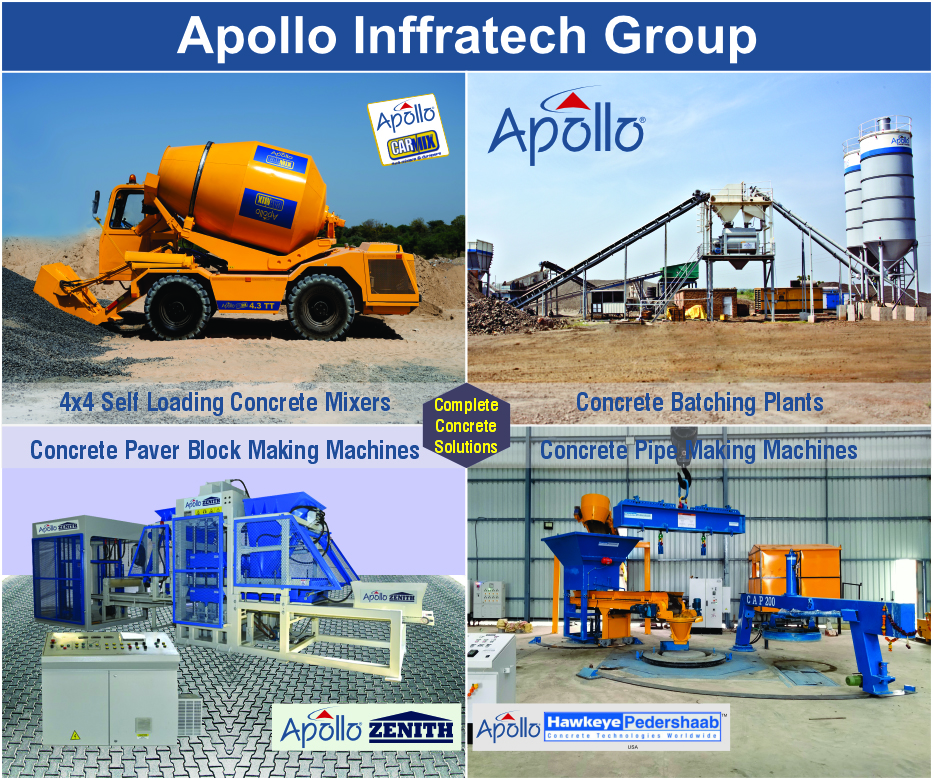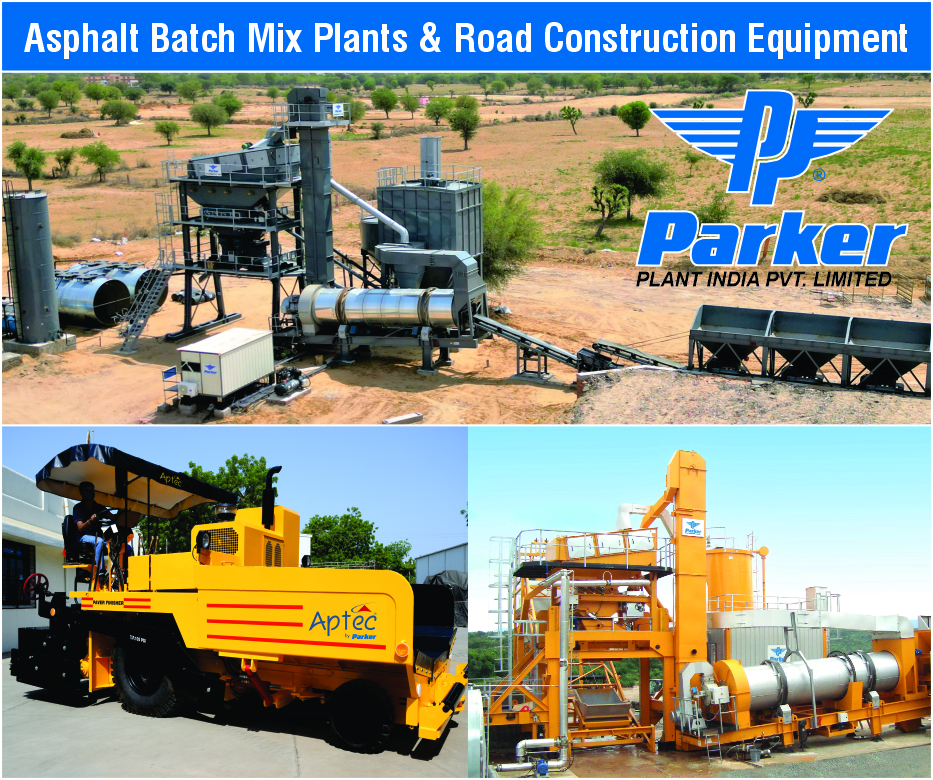AI-assisted construction design is entering a rapid expansion phase as developers, EPC contractors, and infrastructure agencies adopt artificial intelligence to plan, monitor, and deliver complex projects. Industry watchers say digital design platforms powered by AI are now being used not only to generate structural options, but also to predict cost overruns, flag safety risks, and track site progress in real time.
Established players such as Autodesk and Trimble, along with project intelligence start-ups like Buildots, are pushing tools that blend Building Information Modelling (BIM), computer vision, digital twins, and automated reporting. For construction companies, this shift promises faster approvals, fewer design clashes, and tighter coordination between architects, engineers, and on-site teams.
The technology is also spreading beyond commercial real estate into public infrastructure, logistics hubs, ports, rail links, and large industrial facilities. Executives in the sector say clients increasingly demand proof that projects will be delivered on schedule and within budget at a time when skilled labour is tight and material prices remain volatile.
Analysts expect AI-backed design and monitoring to move from “nice to have” to “default requirement,” especially on high-value civil works and transportation corridors over the coming years. That shift could redefine accountability standards across the construction supply chain.









